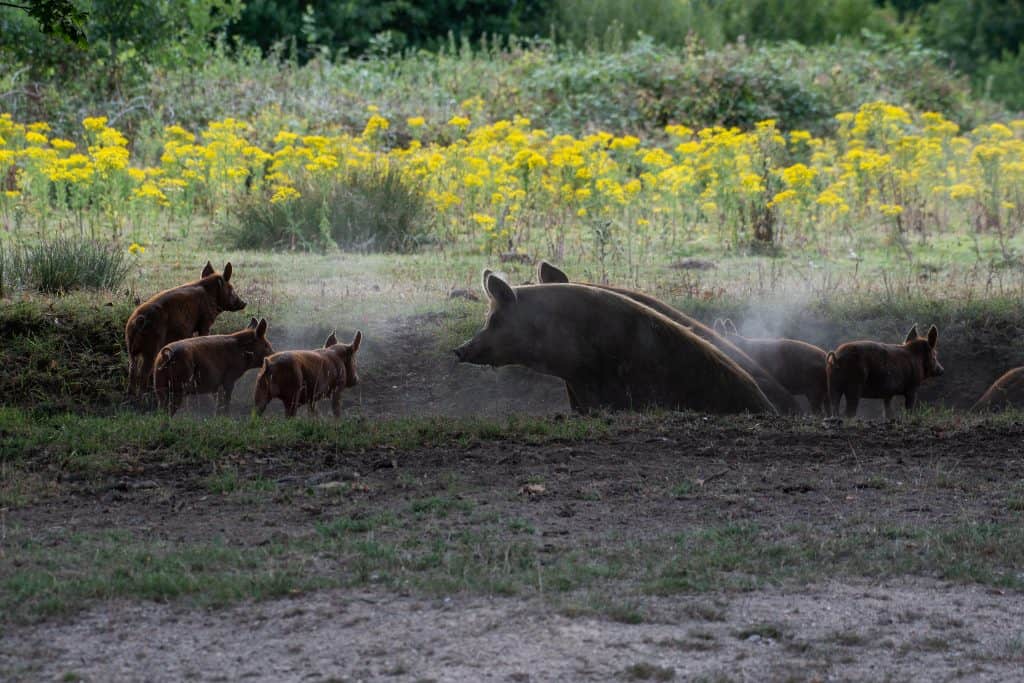Wild: Showcasing nature’s comeback
An exhibition in 5 photographs with Curator Dr David Gelsthorpe
Manchester Museum’s current exhibition, Wild, explores one of the defining challenges of our time: the delicate interplay between biodiversity, climate change, and humanity’s evolving relationship with nature. This ambitious exhibition showcases the remarkable efforts reshaping landscapes, restoring species, and reimagining what the future could look like—a hopeful one where people and the planet thrive together.
David Gelsthorpe has been Curator of Earth Sciences at Manchester Museum for the past 18 years. He is one of the curators of Wild, and he believes that this exhibition has the potential to be the museum’s most impactful endeavour yet.
David has selected five photographs that bring to life some of the extraordinary stories that are featured in Wild.
***
More than an exhibition
Wild is not just an exhibition—it’s a call to action. The stories featured are intended to inspire and empower visitors to see the possibilities for renewal, whether in their backyards or across the world. From rewilding initiatives in the UK to cultural restoration projects in Australia, Wild is a celebration of ingenuity, resilience, and hope.




